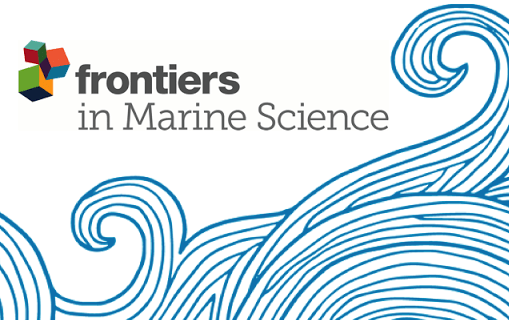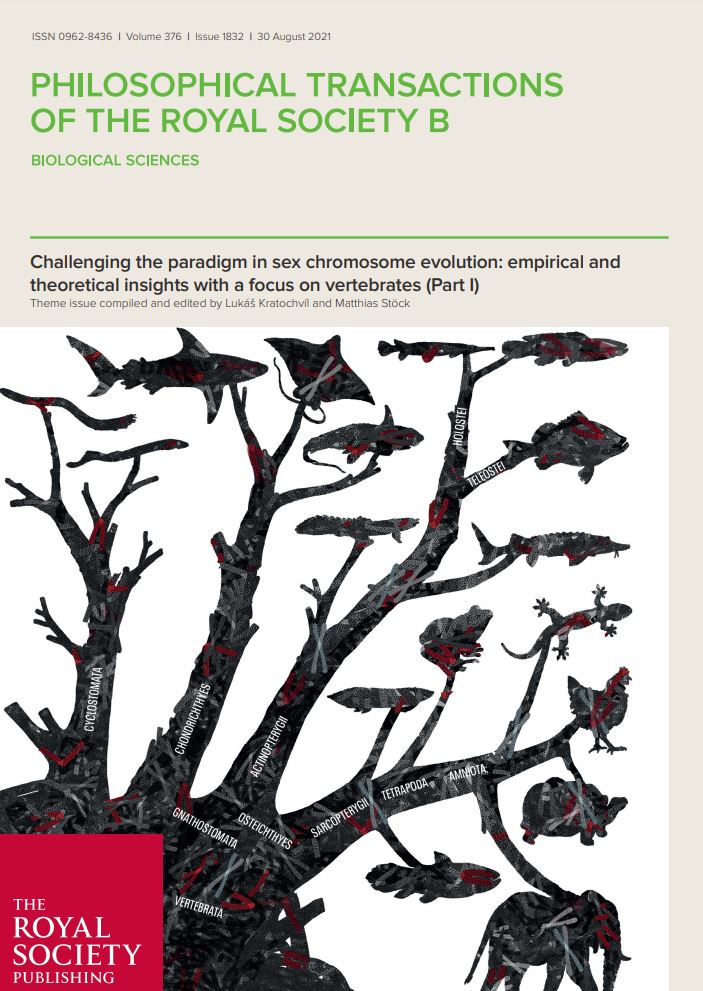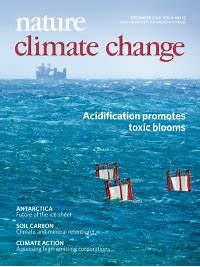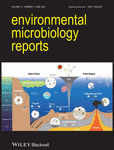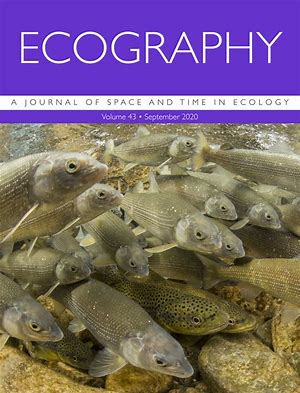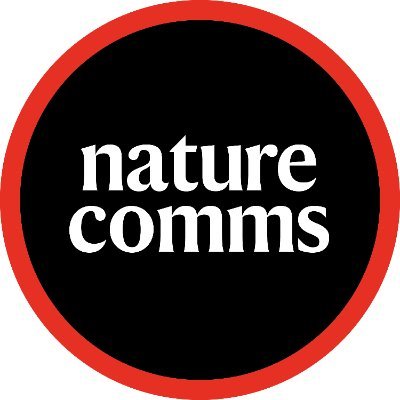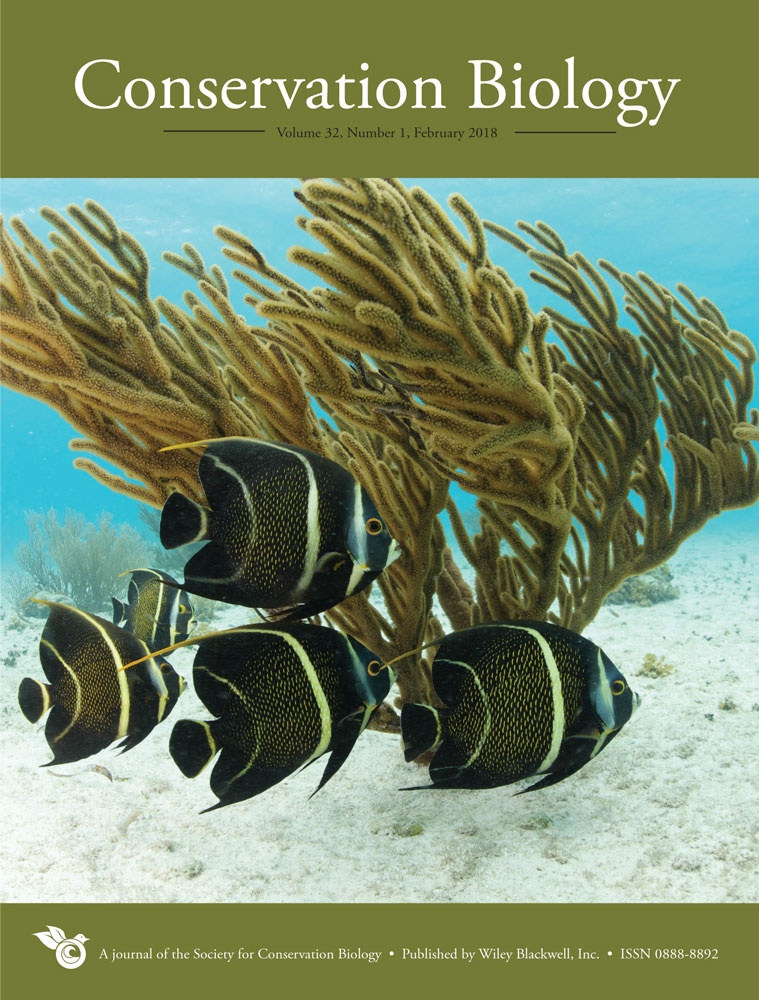- Topic:Biodiversity
Effects of food provisioning on the daily ration and dive site use of Great Hammerhead Sharks, Sphyrna mokarran
The study provides insights into how large-bodied marine predators react toward wildlife tourism associated provisioning and allows further discussion about daily energy uptake during provisioning dives, its potential impacts on the ecological role of the target species and associated management measures.
Challenging the paradigm in sex chromosome evolution: empirical and theoretical insights with a focus on vertebrates (Part II): [Theme Issue]
Researchers have been studying the evolution of sex chromosomes for about 100 years. Yet many aspects of sex development in vertebrates remain a mystery. No wonder – the methods of reproduction are incredibly diverse, and some can only now be detected thanks to novel molecular methods. This special issue summarizes the knowledge. The result is a unique scientific overview: Part II.
Challenging the paradigm in sex chromosome evolution: empirical and theoretical insights with a focus on vertebrates (Part I): [Theme Issue]
Researchers have been studying the evolution of sex chromosomes for about 100 years. Yet many aspects of sex development in vertebrates remain a mystery. No wonder – the methods of reproduction are incredibly diverse, and some can only now be detected thanks to novel molecular methods. This special issue summarizes the knowledge. The result is a unique scientific overview: Part I.
Climate change drives widespread shifts in lake thermal habitat
The authors have quantified the long-term temperature changes in 139 lakes worldwide. They analysed shifts in thermal habitats and found that as lakes warm, species will need to shift to different depths or seasons. Lakes in the tropics are particularly affected.

Four priority areas to advance invasion science in the face of rapid environmental change
Invasion science is the systematic investigation of the causes and consequences of biological invasions. The authors identified four priority areas to advance the field in the Anthropocene: (1) predicting impacts of biological invasions, (2) understanding synergisms of multiple environmental stressors, (3) resolving the taxonomic impediment, and (4) enhancing international biosecurity.
Variation of bacterial communities along the vertical gradient in Lake Issyk Kul, Kyrgyzstan
Diversity and community composition of bacteria along vertical gradients were studied in Lake Issyk Kul, Kyrgyzstan, the 6th deepest lake worldwide and the largest high-altitude lake. In the molecular assessment, the 16S rRNA gene analysis revealed significant changes in the composition, responding mainly to depth and salinity with Planctomycetes and Chloroflexi dominating in the deepest layers.
What factors increase the vulnerability of native birds to the impacts of alien birds?
Alien birds can have severe impacts on native birds. The authors wanted to find out whether there are certain factors that make some native bird species more vulnerable to such impacts than others. They identified several factors that increase vulnerability, as well as specific orders of native birds that may require protection, and locations where impacts may be particularly damaging.
Distance to native climatic niche margins explains establishment success of alien mammals
Using a dataset of 979 introductions of 173 mammal species worldwide, the authors investigated the hypothesis that the establishment success of alien species depends on the match between environmental conditions in the exotic and native range. The study results support this hypothesis. They are based on the Niche Margin Index, which is presented as a new analysis tool in the paper.
The Hierarchy-of-Hypotheses approach: a synthesis method for enhancing theory development in ecology and evolution
In the current era of Big Data, synthesis tools are critical means to handle the deluge of information. The hierarchy-of-hypotheses (HoH) approach is such a tool that helps to (a) organize evidence, (b) organize theory and (c) closely connect evidence to theory. In this paper, the authors outline the HoH approach and offer guidance on how to apply it, using examples from ecology and evolution.
Combined effects of life‐history traits and human impact on extinction risk of freshwater megafauna
Freshwater megafauna are vulnerable to extinction, with over 50% of all classified species considered as threatened on the IUCN Red List. The authors found that human impact and traits related to species’ recovery potential including life span, age at maturity, and fecundity jointly determine their extinction risk. In addition, 17 out of 49 unclassified species were predicted to be threatened.


